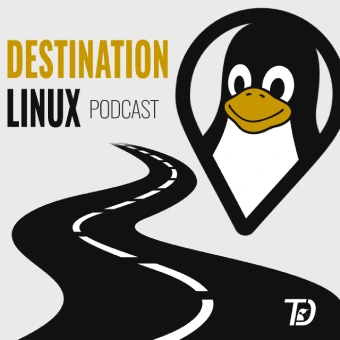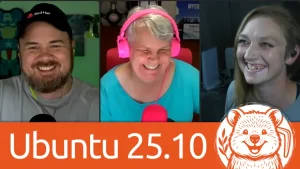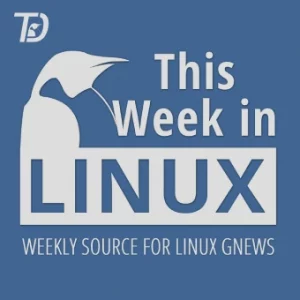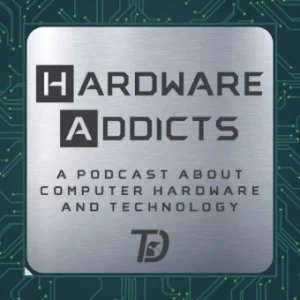This week’s episode of Destination Linux, we’re going to be interviewing Mathew Miller about the latest release of Fedora Linux. Plus, we have our tips/tricks and software picks. All this and more coming up right now on Destination Linux to keep those penguins marching!


Hosts of Destination Linux:
Ryan (DasGeek) = dasgeekcommunity.com
Michael Tunnell = tuxdigital.com
Jill Bryant = jilllinuxgirl.com
Want to Support the Show?
Become a Patron = https://tuxdigital.com/contribute
Store = http://dlnstore.com
Community Feedback
You can comment on the forum thread below or fill out the contact form at https://tuxdigital.com/contribute
Chapters:
coming soon, we had technical difficulties during the stream so the production had some setbacks this week.






Just listened to the cast, mowing the lawn, chillin’ chillin’. I just wanted to say that the Fedora 34 release was a real turning point for the way I view Fedora. The innovation with OSTree and Silverblue and stuff really is fresh.
I’m (mostly) happily using Fedora Kinoite and actually rebased on Rawhide because I’m a current version KDE Plasma and KDE Gear/Apps fiend. I keep a Fedora Kinoite 36 deployment pinned just in case but it’s been fine.
Everyone involved with Fedora seems to be vibing with their respective passion projects and it’s just swell. I can’t wait for OSTree’d Budgie desktop (I won’t use it but I like having more OSTree’d DE options.).
Fedora is really making the case to be the “default.”
Thanks, everyone This was such a cool balance of tech and fun! I’ve been pondering about trying Fedora on bare metal on at least one device, since approximately version 30, I think, when I kept hearing a lot more about it after many years. I think I’ve been running version 32+ in a VM off and on without ever experiencing a single problem with anything, though I haven’t used it as my daily driver, so I guess that would be the real test.
This was such a cool balance of tech and fun! I’ve been pondering about trying Fedora on bare metal on at least one device, since approximately version 30, I think, when I kept hearing a lot more about it after many years. I think I’ve been running version 32+ in a VM off and on without ever experiencing a single problem with anything, though I haven’t used it as my daily driver, so I guess that would be the real test.
For work I’ve been using Ubuntu of late, rather than Debian Stable, which is my normal daily driver. Now that I have a new job I’d like to gradually invest in some new hardware, preferably a new Linux laptop so that I’m not paying extra for Windows when I’m just planning to wipe it from the drive. I’d really like a System76 device but am waiting for them to do an AMD machine because they’re supported better in open source as mentioned.
I was doing a very intensive re-training course in coding but now finally able to get back to KDE. Besides bug triaging, accessibility is the main area I’m interested in contributing to long-term, so I’m glad the spotlight’s been put on that in this weeks show too (though I am months behind!)
This is an interesting point you make. I agree that Fedora has so-much going for it, in terms of support for modern hardware, up-to-date applications, and of late, stability. I’m wondering if support for standard applications that might be used in industry (e.g. Slack, Zoom) might be slightly stronger in Ubuntu than Fedora due to Canonical’s support, so for work I’m sticking with Ubuntu. For personal use Debian has enough tools that I prefer to closed-source solutions anyway, so I’m less bothered about compatibility with the likes of Slack and Zoom. I might try Fedora 36 on one of my machines now though. Let’s see
Continue the discussion at forum.tuxdigital.com